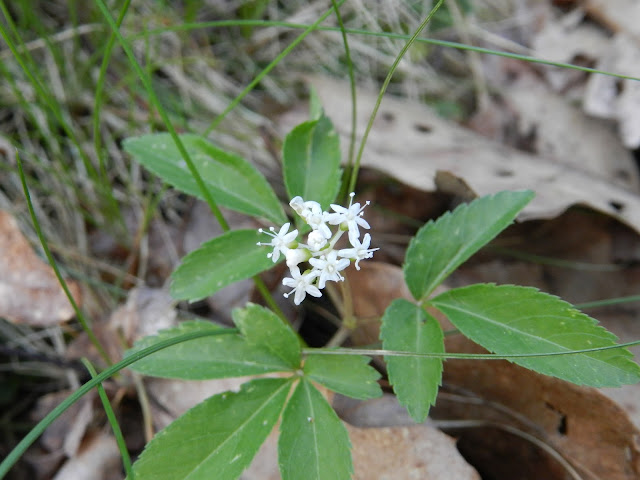Photo courtesy of Megan McLaughlin
Forest (n): 1) a dense growth of trees and underbrush
covering a large tract- Merriam-Webster
If you ask anyone what a forest is, you’ll probably get an
answer similar to this. And it makes sense: a forest needs to have trees to be
a forest. But how much does that leave out, seeing a forest as just trees and
brush?
Here’s an idea: get to know a forest. Take it in, gather
your first impressions based on sights, smells, sounds, textures. Think you’ve
got a handle on it? Good. Now go back to the forest again. This time bring a
friend and have them tell you what they see. Do they just want to hunt
salamanders under logs? Do they love all the pretty little flowers? Do they
look at it from a timbering or management perspective? Bring a photographer, a
writer, a botanist, a hunter. No two people will see the exact same forest, and
each will bring things that you can learn.
Now don’t get me wrong when I say “learn.” You don’t need to
bring someone who can say “That is Polyporus
squamosus, an ascomycete also called dryad’s saddle.” (Although if you do,
kudos to you both). You just need someone who can say “Holy cow, that’s a big
mushroom!” Maybe you go home and look it up. Maybe you don’t. Either way,
you’ve experienced it and added another piece to your understanding of that
forest.
Red eft. Photo courtesy of Mandy Linn Smith.
Got kids? Turn them loose. See what they see. Let them ask
questions you don’t know the answer to. Ask questions back. Some of my best and
earliest memories are forest exploration. And now those questions that I asked
have some answers. I can identify trees and frogs and salamanders. I was
blessed with four people who taught me to see the forest from a number of
different perspectives at an early age. I am perpetually grateful for that and
I think of each of them every time I enter a stand.
This summer I’m adding even more perspectives. I’m working
as a field assistant researching understory plants and pollinators. At least
three more perspectives: insects, understory plants, and research! I find
myself asking more questions and learning new things every day. It excites me,
drawing connections between old and new. I want to see everything, know
everything, question everything, study everything, until I feel that I can (at
least 50% confidently) say “This is a forest. Look at the details. Look
at what there is to learn. Look at the memories I’ve made here and things I’ve
discovered. Your definition doesn’t do it justice. Maybe no definition will.”
Dwarf ginseng (I think?).
This is my forest path, meandering as I stop to inspect and
question and imagine. I hope that yours will be as fruitful.
All the best,
Kelsey







No comments